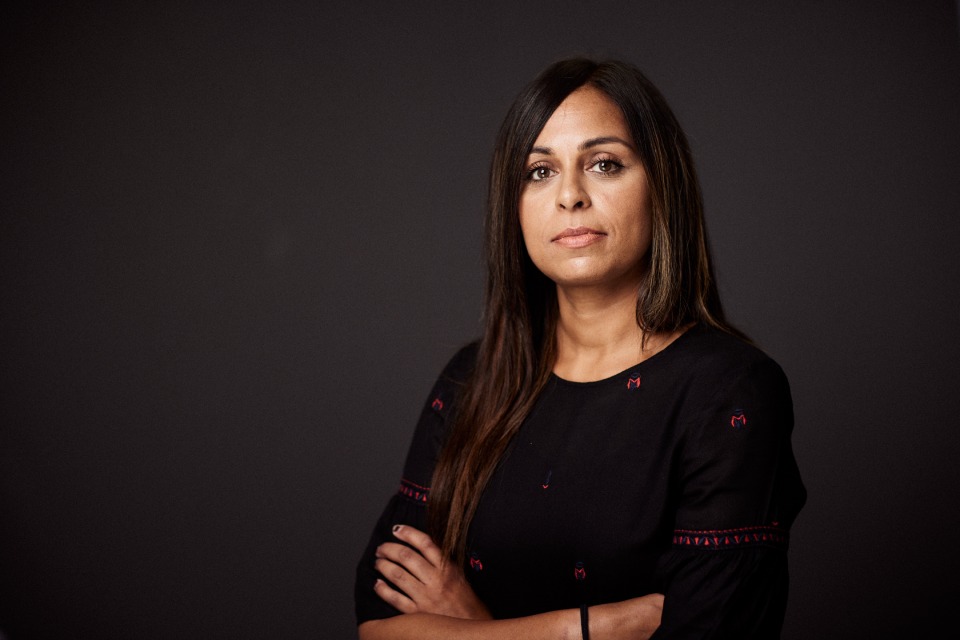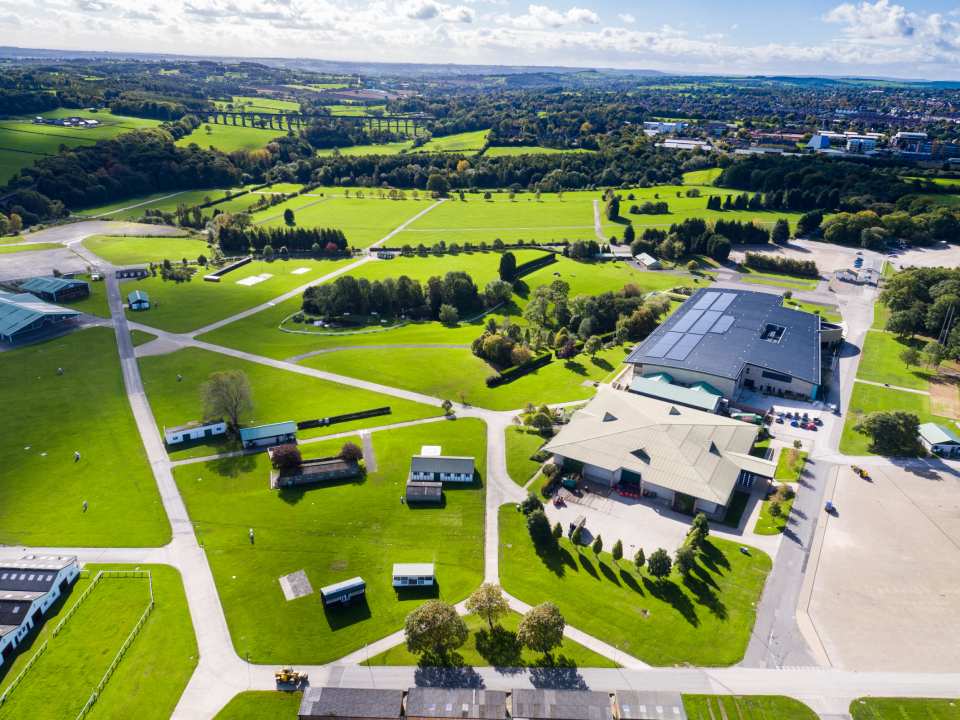The circular economy is in full swing—no longer a niche, fuzzy concept. Everyone is looking into it: big corporates, governments, and even cities. Sandy Dhesi, Commercial Manager at Ecoveritas tells us what it means and how it benefits us all and is paramount to the health of our planet too.
Passion will drive the transition to going fully circular, while collaboration will fuel it. So, let’s collaborate our way out of this linear economy.
Degrowth and reduced consumption are tenets of the circular economy, and success could be measured by indicators like resource productivity, the amount of waste generated, or the level of economic activity. But ultimately, the success of the circular economy should be measured by its contribution to societal wellbeing and the planet’s health.
A changing landscape requires changing business perspectives
We are experiencing a civilisation-wide transformation on a scale never seen before. Halving carbon emissions by 2030; reversing natural habitat loss; overhauling social inequality; tackling the mental health and wellbeing pandemic; embracing the digital revolution; and dealing with rising volatility and turbulence across all aspects of society and working life. No organisation is spared.
Recent reports indicate that only around 7.2% of resources and materials entering the global economy each year are recirculated, and most of what is recirculated is recycled, losing much of the original value and embodied carbon of materials, components, and products.
Circular economy needs to make business sense too
Plastics and packaging have been identified as key value chains with significant circularity potential, requiring further regulatory action to reduce their environmental footprints. But making green choices must make business sense for brands.
From sky-high material prices and unmatched volatility, the linear economy no longer holds up as the cost-saving profit-pushing system it once was.
Yes, moving towards a more circular model won’t come without its costs and time implications. But with the promise of reduced risk, new profit opportunities, lower costs, and deeper customer relationships, pivoting to the circular economy is a no-brainer.
Designing the future
Every year, about 2.01 billion tonnes of municipal solid waste is generated globally, which is expected to reach 3.4 billion tonnes by 2050. At least 33% of that waste is not managed in an environmentally safe manner.
Linear economic growth has long been governments’ go-to model. However, the planet cannot regenerate at the same rate as natural resource use.
Packaging plays a key part
Brands and manufacturers are consistently rethinking packaging designs and decisions, creating value and longevity in partnerships. However, meeting partners’ needs and helping them reach their sustainability goals requires time, effort, and commitment.
From designers’ and entrepreneurs’ perspectives, once a product has been designed, produced and sold, it disappears beyond the newness horizon. But the upshot is that every decision has a consequence. This is why we never examine the sustainability benefits of packaging in isolation but examine the broader picture to measure and compare the sustainability performance of different packaging designs. Our goal is for all our customers to have a crystal-clear view of the circularity performance of their packaging and can make informed decisions on which designs meet their objectives most.
Several factors influence the packaging supply chain’s need for more sustainable business practices, including extended producer responsibility (EPR) laws — which place significant financial and physical responsibility for the post-consumer phase of products on brand owners. Another factor is the rising trend of purpose-driven consumerism. Consumers have become more mindful of their environmental impact and seek brands that support their core values, including environmental concerns.
Implementing a successful circular strategy heavily relies on having the right data available to act upon. If organisations can make their circularity performance ready to scrutinise and measure, it’s easier to prove why it’s a financially viable solution. Data also plays a fundamental role in substantiating sustainability claims and ensuring action is being taken where needed.
At Ecoveritas, we help customers get to grips with their packaging data to promote trust between users, manufacturers, and brands.
Why? Because this data can form part of a comprehensive blueprint for companies and leaders who want to build or regain their stakeholders’ trust. Better still, it can fuel the systematic dynamics of going green.
There is another way to circular economy
While we still have a long way to go before achieving circularity success, businesses are taking bigger steps to improve the recycled-content packaging landscape.
Put simply, designing with circularity in mind means using materials that aid an increasingly efficient recycling process. But we often find that companies are very overwhelmed when addressing these issues. We can sympathise, to an extent, with many dogged by a ‘damned if you do, damned if you don’t’ mentality.
But for those willing to see packaging waste as a resource without purpose and those ready to jump the hurdles of time, cost, and knowledge, Ecoveritas can help. We can work out where companies can make the biggest impact and ensure the bigger issues are avoided as part of wider agenda-setting.
Why is there such a lack of awareness surrounding the circular economy? Despite its potential to reduce waste, conserve natural resources, and create economic opportunities, many are unaware of this revolutionary approach to sustainability and business.
It could be due to its relatively recent emergence in mainstream discourse, or perhaps it’s because the traditional linear economy has been the norm for so long that we don’t even realise there’s another way.
Whatever the reason, it’s time to bring the circular economy to the forefront of our attention. Understanding and embracing this regenerative economic model can create a more sustainable and prosperous future for ourselves and the planet.










